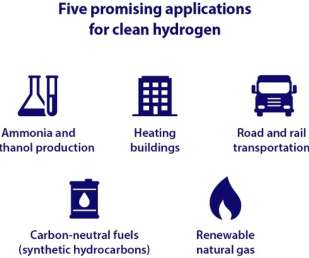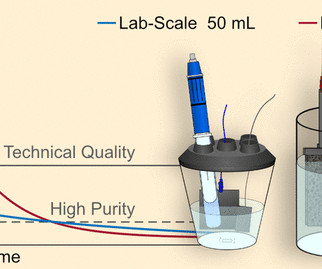Hydro-Québec will support the clean hydrogen sector in Québec
Green Car Congress
DECEMBER 8, 2019
The company’s energy reserves are stored in its 28 large reservoirs, which can accumulate 176 TWh. In 2015, the electricity produced in Québec accounted for 32% of Canada’s total power generated from all sources, but was responsible for only 1% of GHG emissions linked to electric utilities. This offers immense hydroelectric potential.





























Let's personalize your content